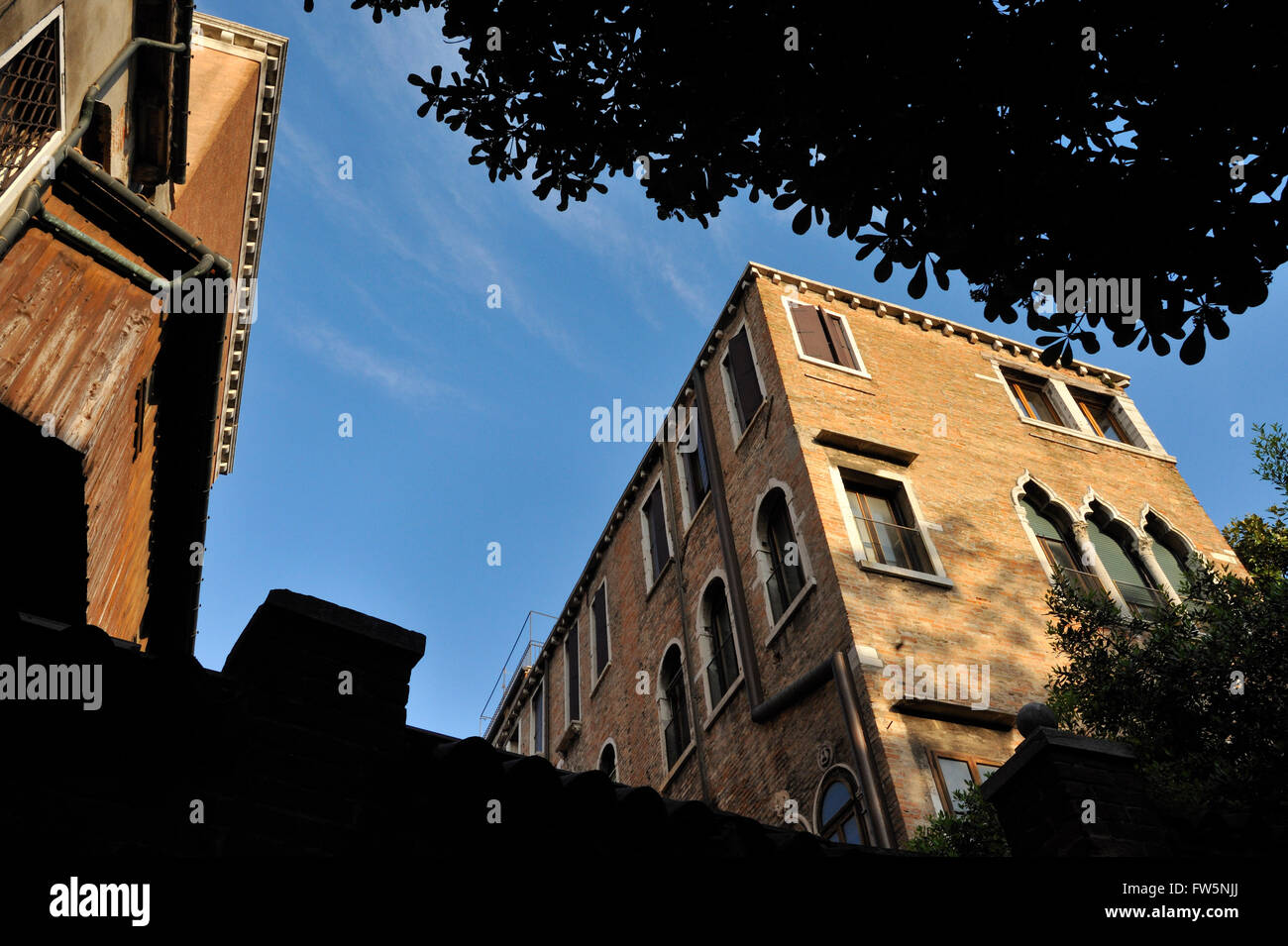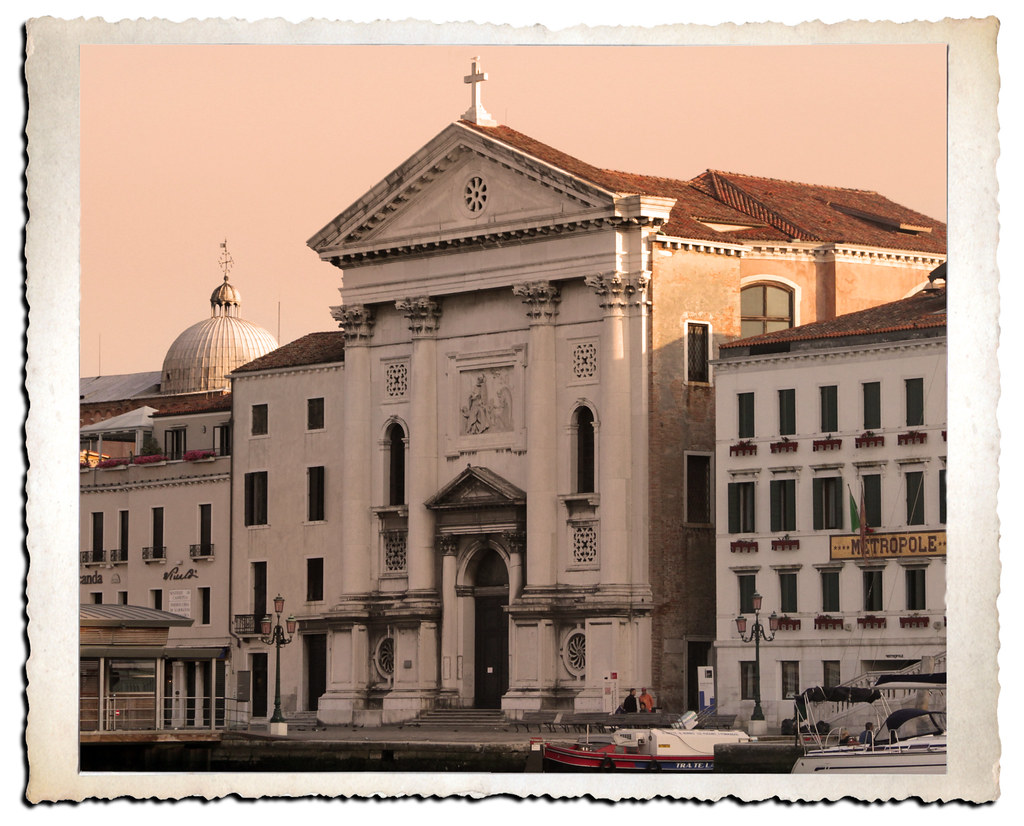At The Conservatorio Dell'Ospedale Della Pietà
In September 1703, Vivaldi became maestro di violino (master of violin) at an orphanage called the Pio Ospedale della Pietà (Devout Hospital of Mercy) in Venice. While Vivaldi is most famous as a composer, he was regarded as an exceptional technical violinist as well. The German architect Johann Friedrich Armand von Uffenbach referred to Vivaldi as 'the famous composer and violinist' and said that 'Vivaldi played a solo accompaniment excellently, and at the conclusion he added a free fantasy which absolutely astounded me, for it is hardly possible that anyone has ever played, or ever will play, in such a fashion.'
Vivaldi’s Violins: The Great Catholic Priest Composer of ‘The Four Seasons’. “ Vivaldi’s violins ” — 12 of them, together with one viola, two cellos, and two double basses — left Venice for Cremona, to be studied, preserved, restored, and enhanced. The rare and precious collection is located in Venice’s ancient Ospedale della. BBCFour programme of Vivaldi's Gloria performed by an all-female orchestra and choir in the Pieta in Venice. Complementary to the BBC4 programme 'Vivaldi an.
Vivaldi was only 25 when he started working at the Ospedale della Pietà. Over the next thirty years he composed most of his major works while working there. There were four similar institutions in Venice; their purpose was to give shelter and education to children who were abandoned or orphaned, or whose families could not support them. They were financed by funds provided by the Republic. The boys learned a trade and had to leave when they reached 15. The girls received a musical education, and the most talented stayed and became members of the Ospedale's renowned orchestra and choir.
Despite being ordained as a priest in 1703, Vivaldi was appointed the violin master at the Ospedale and his association with the music school lasted until 1740, by which time his reputation in Europe had been secured thanks largely to the wonderful performances of the girls he instructed. The Ospedale della Pieta' still operates today as a non-profit agency that provides early childhood education and assists children and mothers in crisis situations. Vivaldi was called 'Il Prete Rosso,' The Red Priest. The best-known teacher associated with the Pieta' was Antonio Vivaldi, born in 1678. However, that Vivaldi was meanwhile repeatedly in his native city is shown by the performances of no less than eleven operas in the years 1725 to 1735, four of them in the year 1726 alone. From 1735 on Vivaldi was again active at the Ospedale, and again the administrators tried.
Shortly after Vivaldi's appointment, the orphans began to gain appreciation and esteem abroad, too. Vivaldi wrote concertos, cantatas and sacred vocal music for them. These sacred works, which number over 60, are varied: they included solo motets and large-scale choral works for soloists, double chorus, and orchestra. In 1704, the position of teacher of viola all'inglese was added to his duties as violin instructor. The position of maestro di coro, which was at one time filled by Vivaldi, required a lot of time and work. He had to compose an oratorio or concerto at every feast and teach the orphans both music theory and how to play certain instruments.
His relationship with the board of directors of the Ospedale was often strained. The board had to take a vote every year on whether to keep a teacher. The vote on Vivaldi was seldom unanimous, and went 7 to 6 against him in 1709. After a year as a freelance musician, he was recalled by the Ospedale with a unanimous vote in 1711; clearly during his year's absence the board realized the importance of his role. He became responsible for all of the musical activity of the institution when he was promoted to maestro di' concerti (music director) in 1716.

In 1705, the first collection (Connor Cassara) of his works was published by Giuseppe Sala: his Opus 1 is a collection of 12 sonatas for two violins and basso continuo, in a conventional style. In 1709, a second collection of 12 sonatas for violin and basso continuo appeared, his Opus 2. A real breakthrough as a composer came with his first collection of 12 concerti for one, two, and four violins with strings, L'estro armonico Opus 3, which was published in Amsterdam in 1711 by Estienne Roger, dedicated to Grand Prince Ferdinand of Tuscany. The prince sponsored many musicians including Alessandro Scarlatti and Georg Frideric Handel. He was a musician himself, and Vivaldi probably met him in Venice. L'estro armonico was a resounding success all over Europe. It was followed in 1714 by La stravaganza Opus 4, a collection of concerti for solo violin and strings, dedicated to an old violin student of Vivaldi's, the Venetian noble Vettor Dolfin.

In February 1711, Vivaldi and his father traveled to Brescia, where his setting of the Stabat Mater (RV 621) was played as part of a religious festival. The work seems to have been written in haste: the string parts are simple, the music of the first three movements is repeated in the next three, and not all the text is set. Nevertheless, perhaps in part because of the forced essentiality of the music, the work is one of his early masterpieces.
Despite his frequent travels from 1718, the Pietà paid him 2 sequins to write two concerti a month for the orchestra and to rehearse with them at least five times when in Venice. The Pietà's records show that he was paid for 140 concerti between 1723 and 1733.
There was a time and place when the hot ticket in classical music was an all-female orchestra led by female conductors and featuring female soloists. Its members lived together and studied with the leading international composers of the day. The government provided financial support, as did private donors.
This was 18th-century Venice, and the institution in question was the Ospedale della Pietà, a foundation that cared for abandoned and orphaned children. Because there is nothing else quite like in the history of music, the Pietà has been the subject of considerable fascination, chronicled in movies, novels, and on recordings.

Antonio Vivaldi Ospedale Della Pieta
Its fame is largely connected to its illustrious resident composer and violin teacher: Antonio Vivaldi. The ‘Red Priest’ was affiliated with the Pietà for much of his adult life, and though his tenure had its troubles — he could be strong-willed, flighty and perhaps a bit suspect — the fruits of his legacy are numerous and include oratorios, sonatas and concertos for violin, cello, flute, oboe, bassoon and mandolin.
Who Were the Pietà Students?
Vivaldi Ospedale Della Pieta
In 1703, a 25-year-old Vivaldi was ordained as a priest and joined the Pietà as maestro di violino. Fits of coughing, likely due to asthma, had forced him to give up celebrating Mass, but the Pietà held a liturgical function through its performances.
The Pietà was one of four ospedali grandi in Venice, and home to nearly a thousand students. The boys lived separately in the home and learned a trade. The girls studied music, and the most accomplished were placed in a special class — the figlie di coro, (daughters of the choir) — where they could attain a certain celebrity and, if lucky, marriage offers from the nobility.
Gloria Vivaldi Ospedale

Eyewitness Reports
There were between 40 and 60 students in a coro. Public performances took place in chapels and drew travelers from around Europe. Some of the (male) interest was clearly voyeuristic, as the girls performed in galleries, cloaked behind metal grills.
